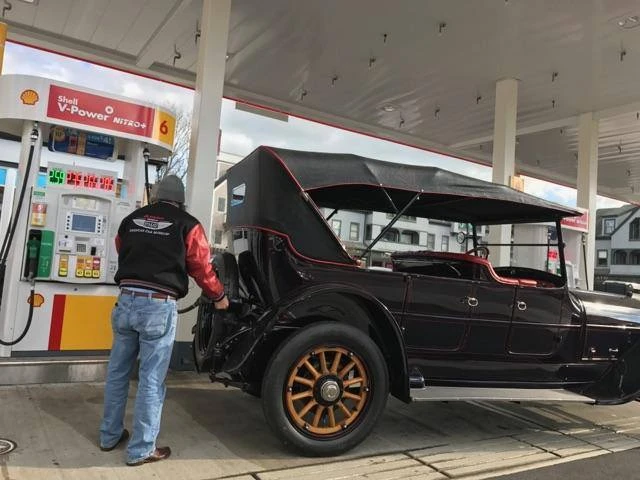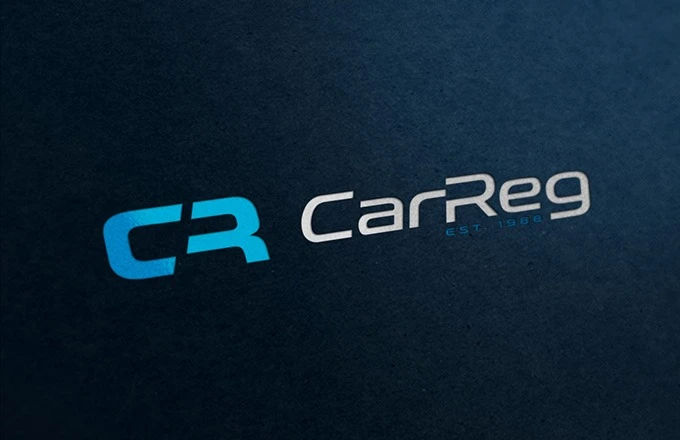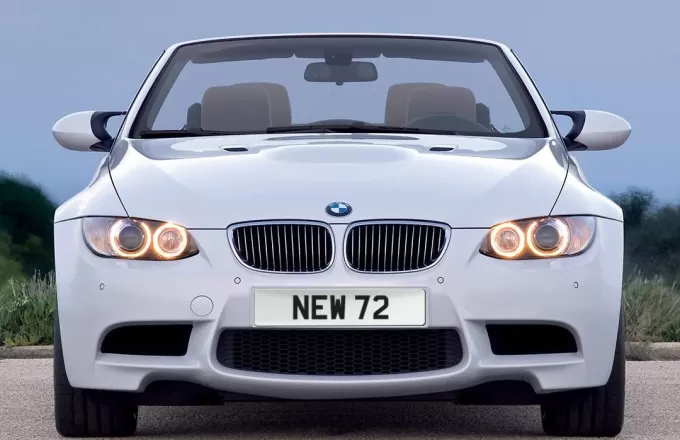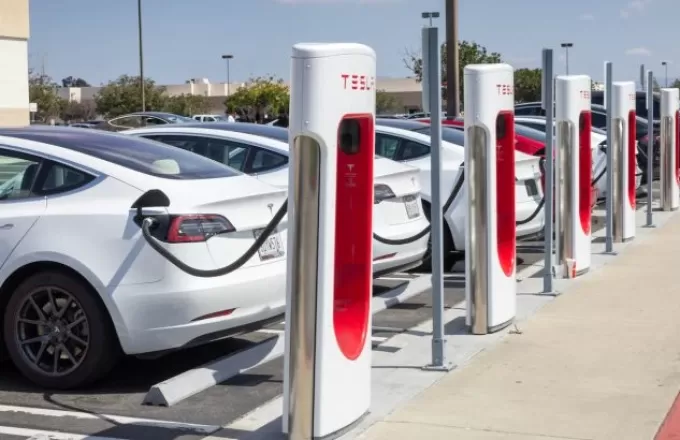The Introduction of E10 Petrol Will Affect Classic Car Owners
From September 1st 2021 E10 fuel will replace E5 fuel as the standard grade of petrol across the UK. Around 95% of petrol-driven vehicles on the country’s roads will be unaffected by the change to the new grade, other than a slight reduction in fuel economy. However, that means that there could be as many as 600,000 vehicles, including classic and cherished cars, for which E10 petrol is not compatible.
E10 fuel is being introduced as a step towards meeting the government’s lower emissions targets. Currently, standard E5 petrol grades contain up to 5% bioethanol, while E10 fuel increases the bioethanol content to 10%. The introduction of E10 is estimated to cut CO2 emissions by as much as 750,000 tonnes a year, which equates to removing 350,000 cars from the UK’s roads.
What Does the Change Mean for Drivers of Incompatible Cars?
If you have one of the 5% of the UK’s vehicles that aren’t compatible with E10 fuel, the main impact will be the cost of suitable fuel. While E5 fuel will still be available, it will be known as “Super” and is likely to be more expensive. Availability could also become an issue as not all petrol stations will have the capacity for both grades of fuel. That is likely to affect drivers in rural areas.
Since 2011, all new cars sold in the UK have had to be compatible with E10 but, in general, owners of vehicles registered before 2002 are advised not to fill up with E10. To find out if the new grade of fuel is compatible with your car, you can use the government’s official online E10 compatibility checker. If you have any queries about your specific car, you are advised to contact the vehicle manufacturer.
What Happens if You Fill an Incompatible Car with E10 Fuel?
If you put E10 petrol in a car that’s not compatible, it shouldn’t be a catastrophe. Your car will still run, but you might find that it runs a little rough and is difficult to start from cold. Over a longer period of time, the corrosive properties of bioethanol can result in damage to seals and some metal and plastic components.
Garages will have to clearly label the different grades to make it easy to choose the correct fuel. But if you do fill an incompatible car with E10 it shouldn’t mean draining the tank. Just top it up with the correct grade for your car when you’ve used a third to half of the tank.
Classic Cars and Cherished Number Plates
Classic cars won’t be compatible for the new E10 grade of petrol, but they look great with a personalised number plate. If your car was built before 1980, it could be eligible to display traditional black and silver number plates.
If you drive a newer car, you might want to search for private number plates that show your greener fuel credentials. For the E10 fuel with its higher bioethanol content, you could display plates like ‘B10 YDS’, ‘B10 AAE’, ‘E10 AAJ’, or ‘E10 AAV’.



